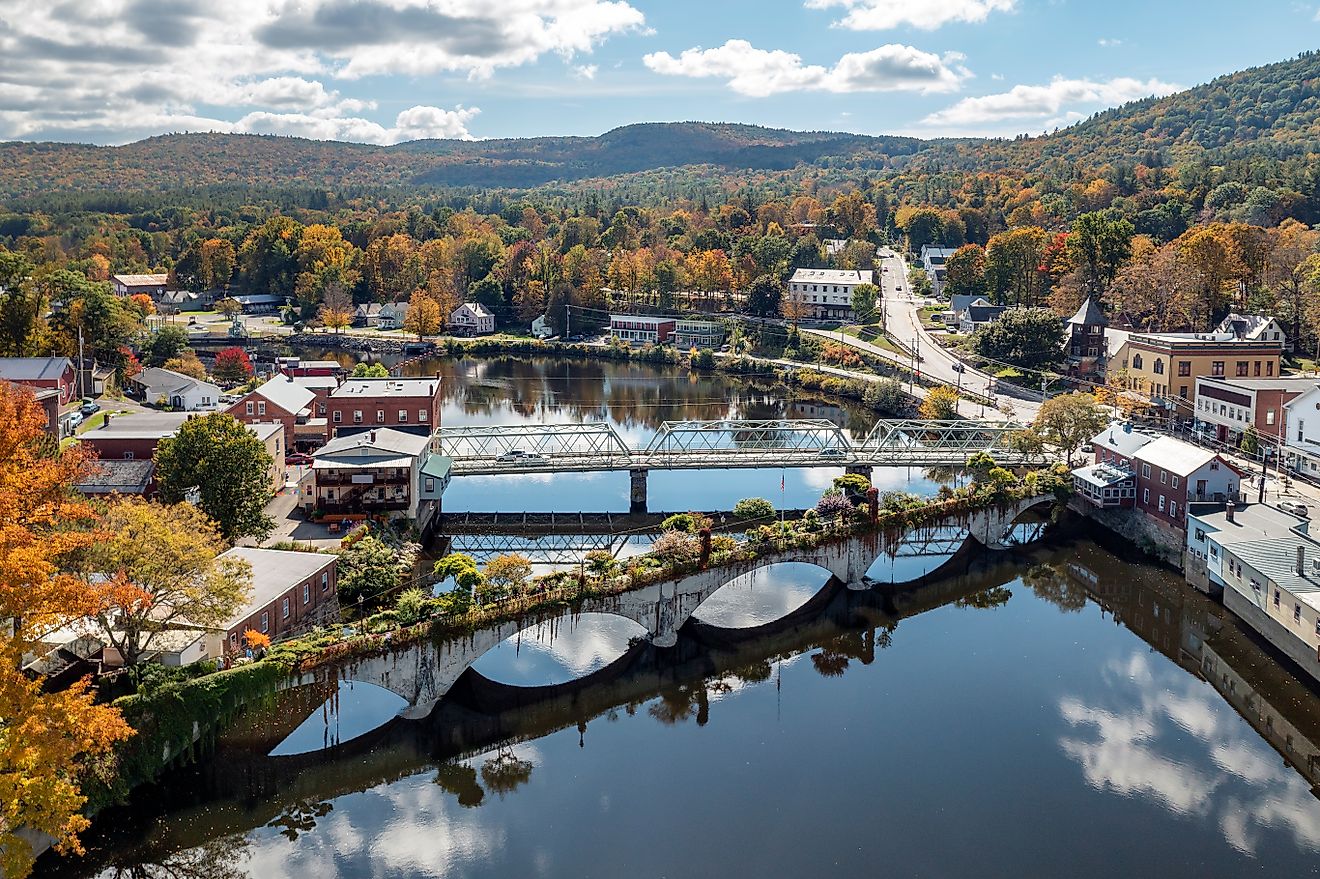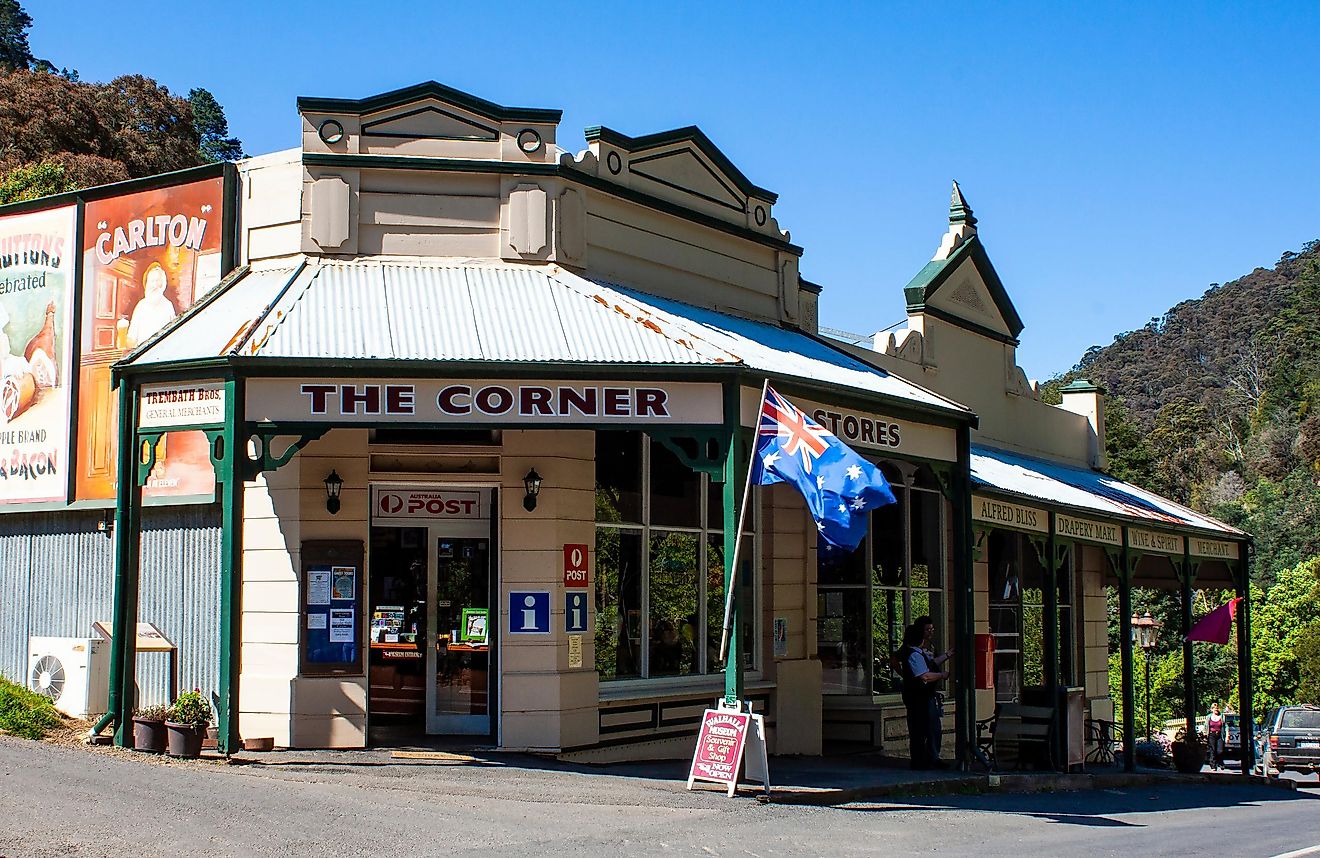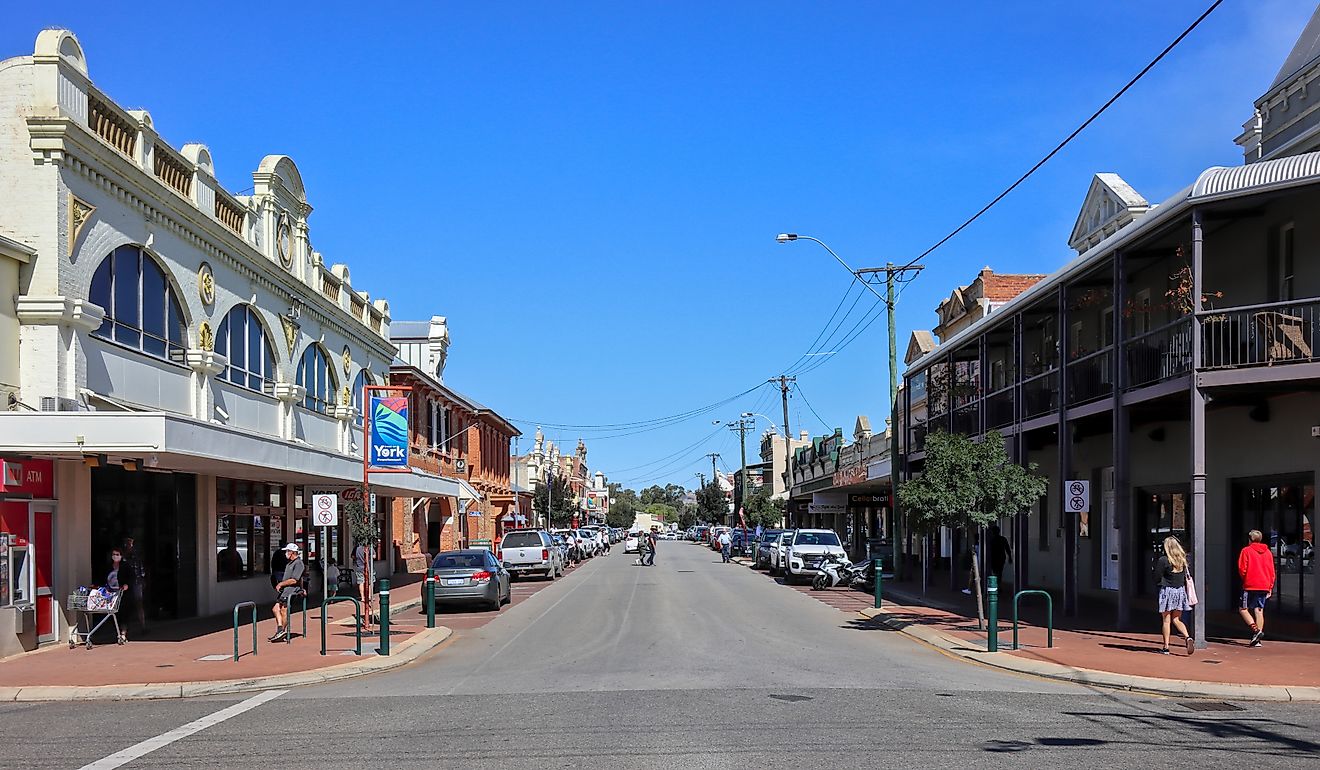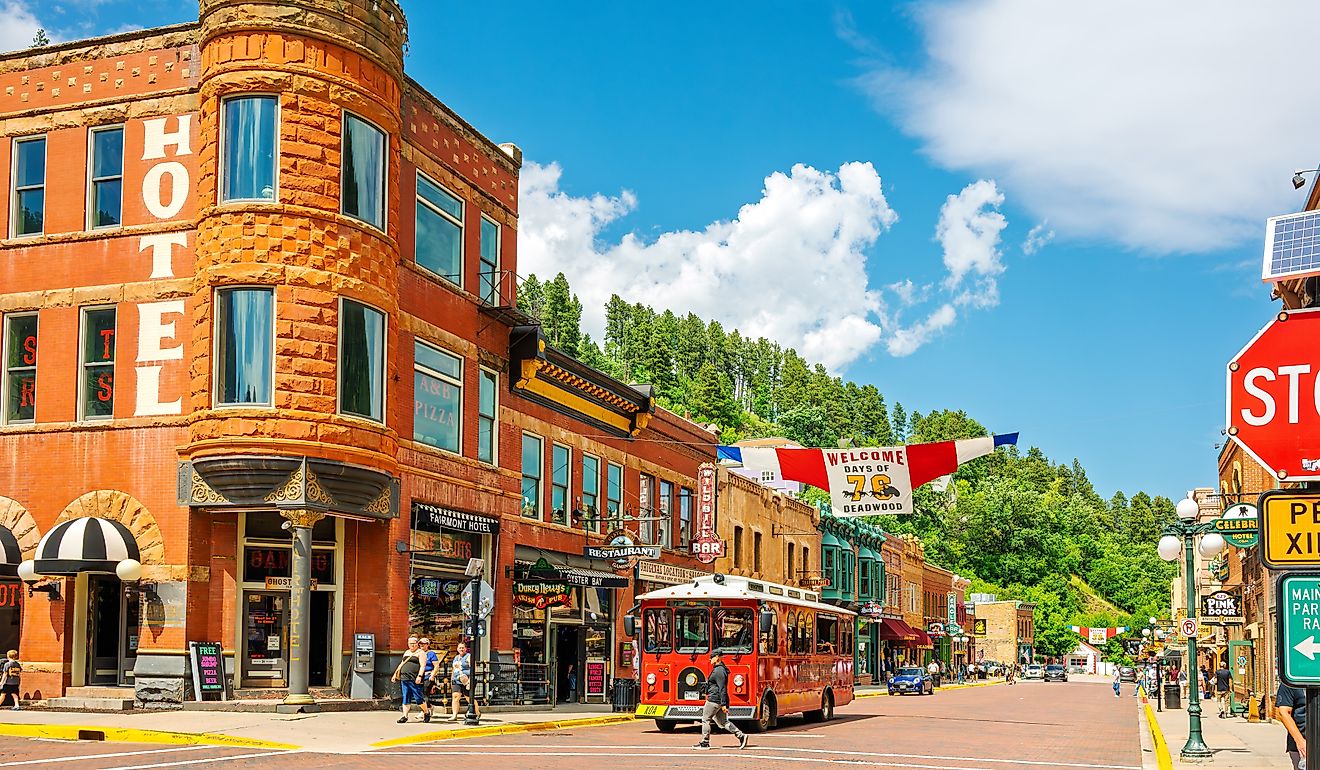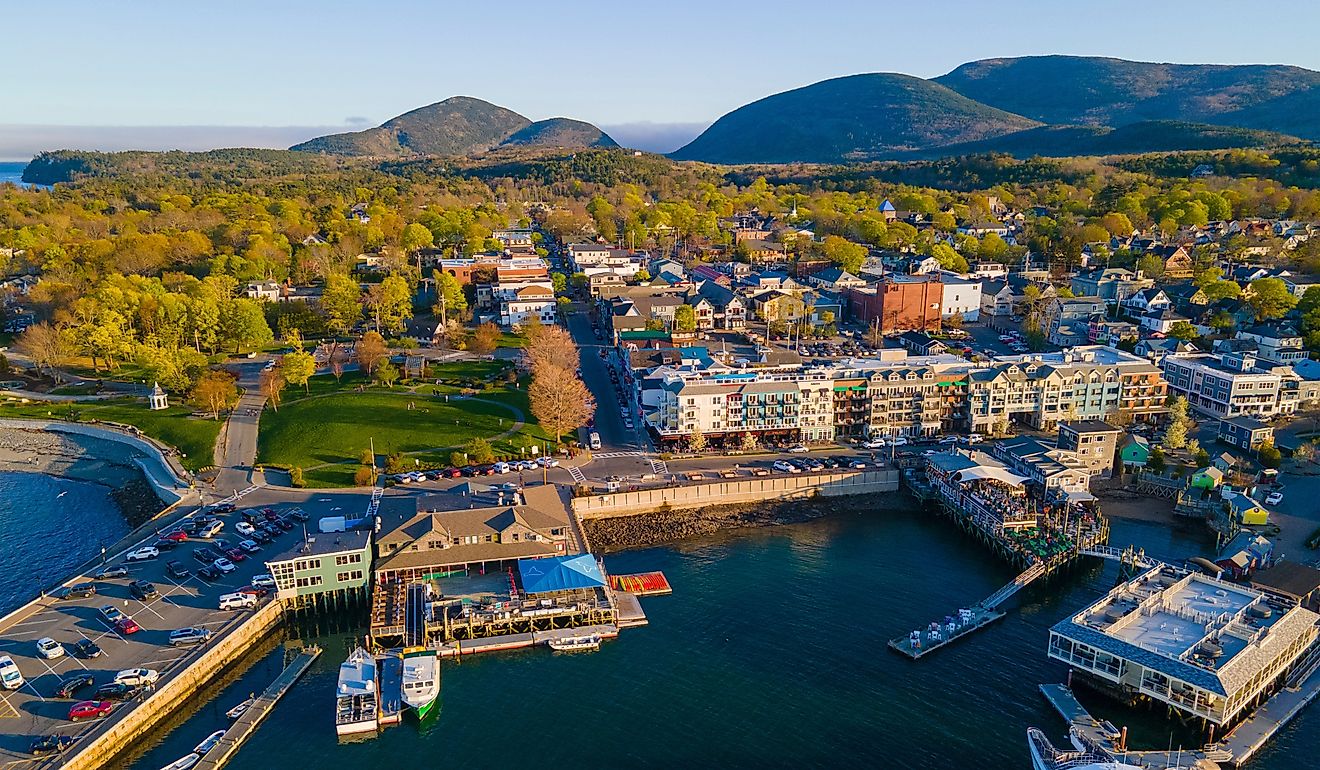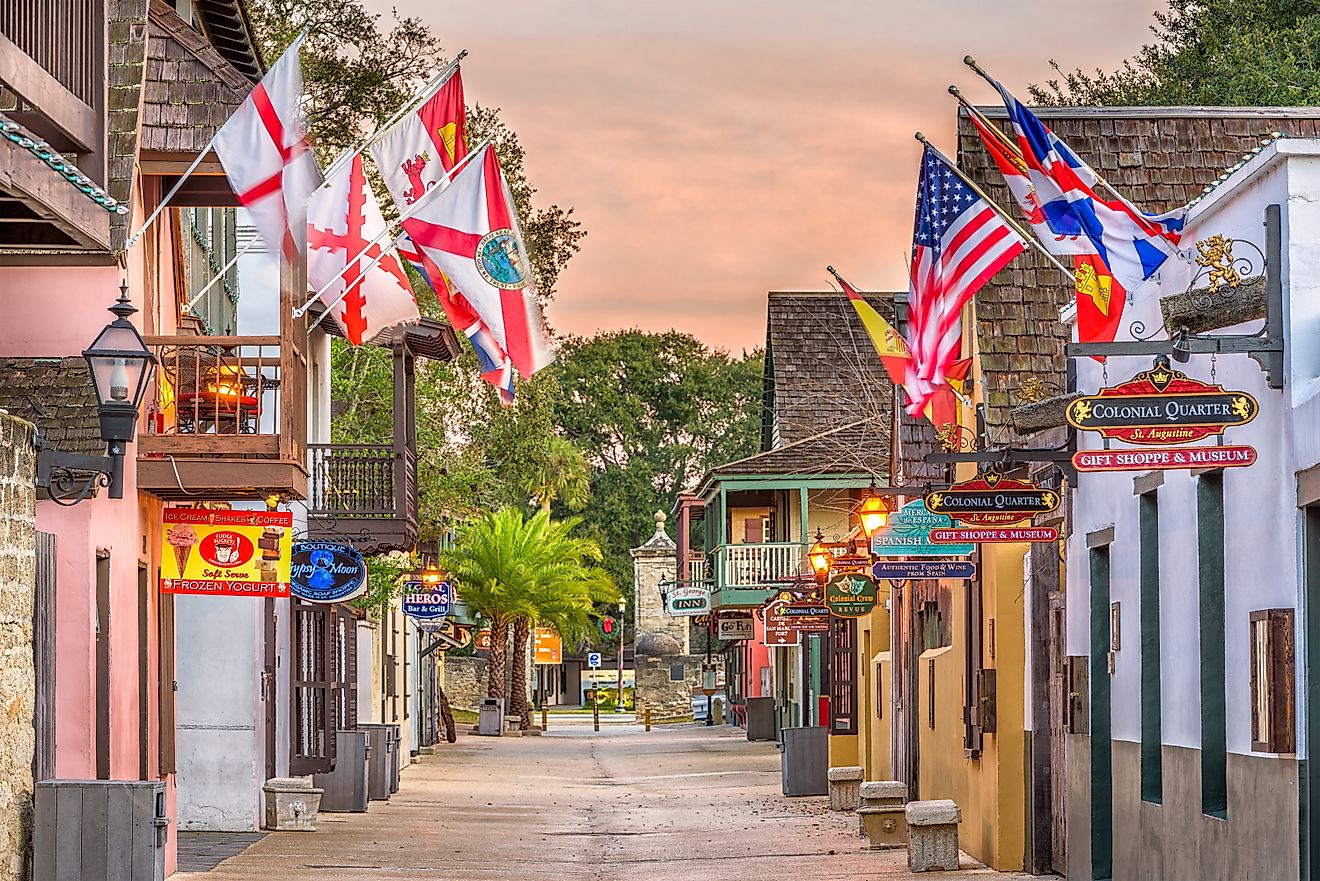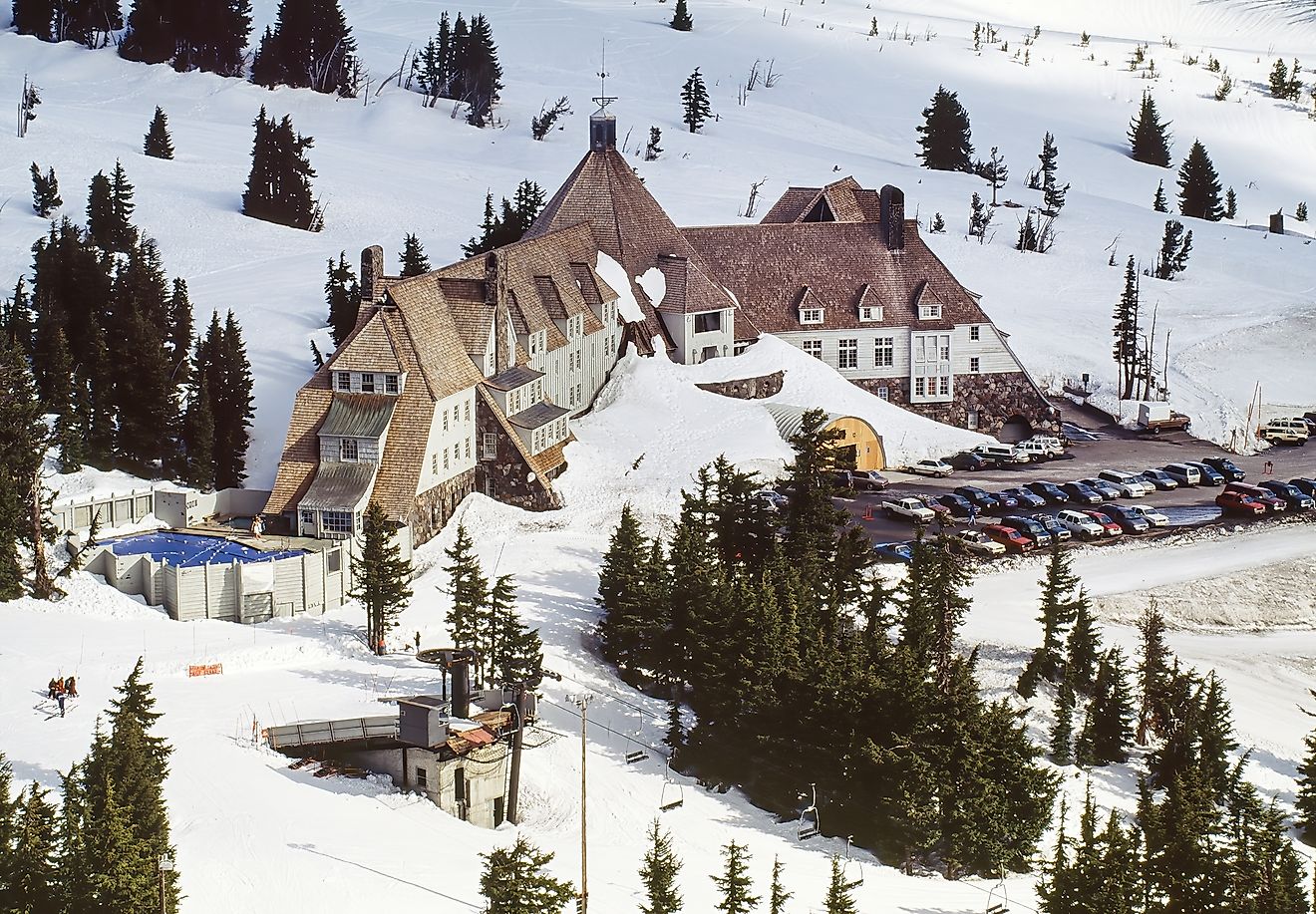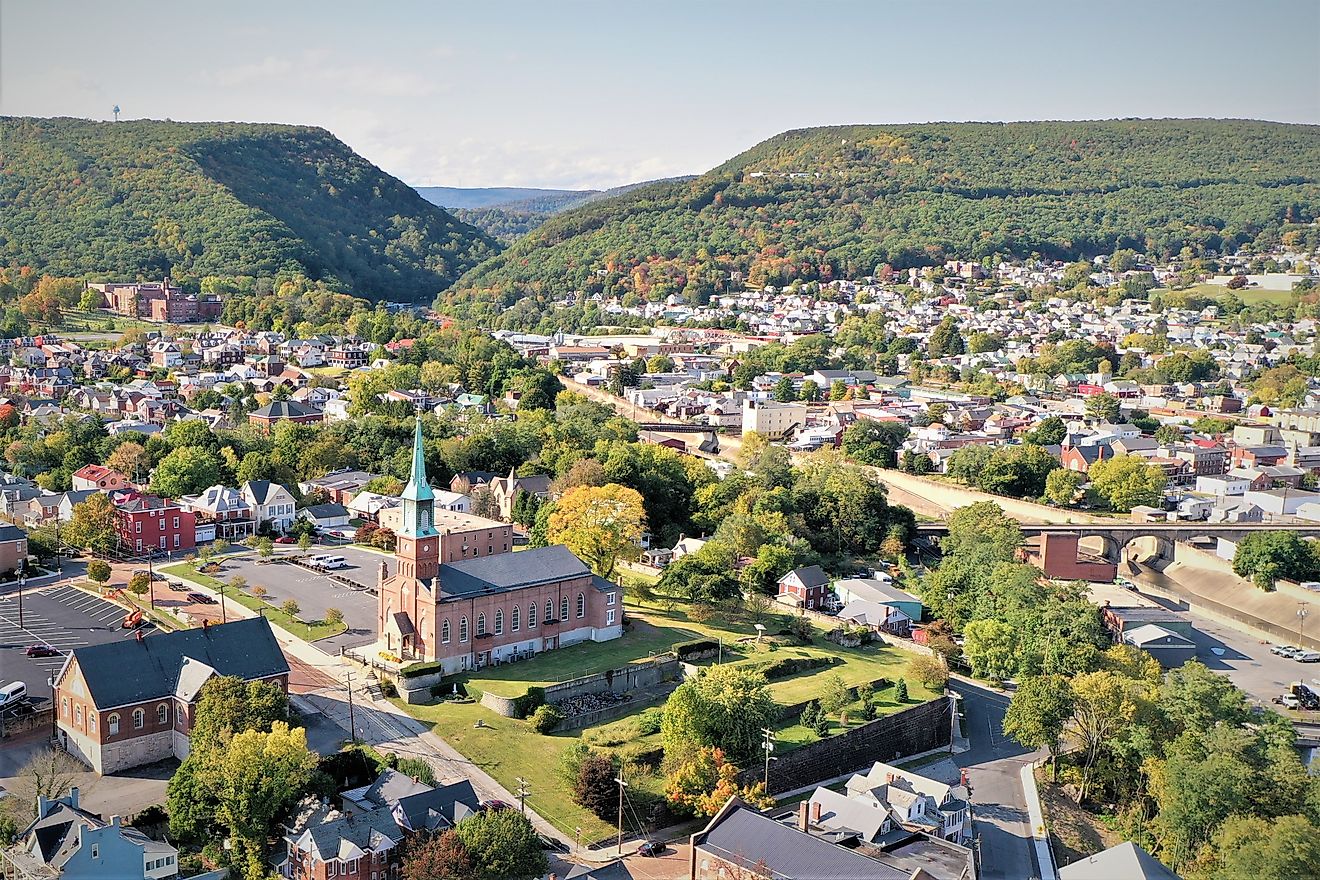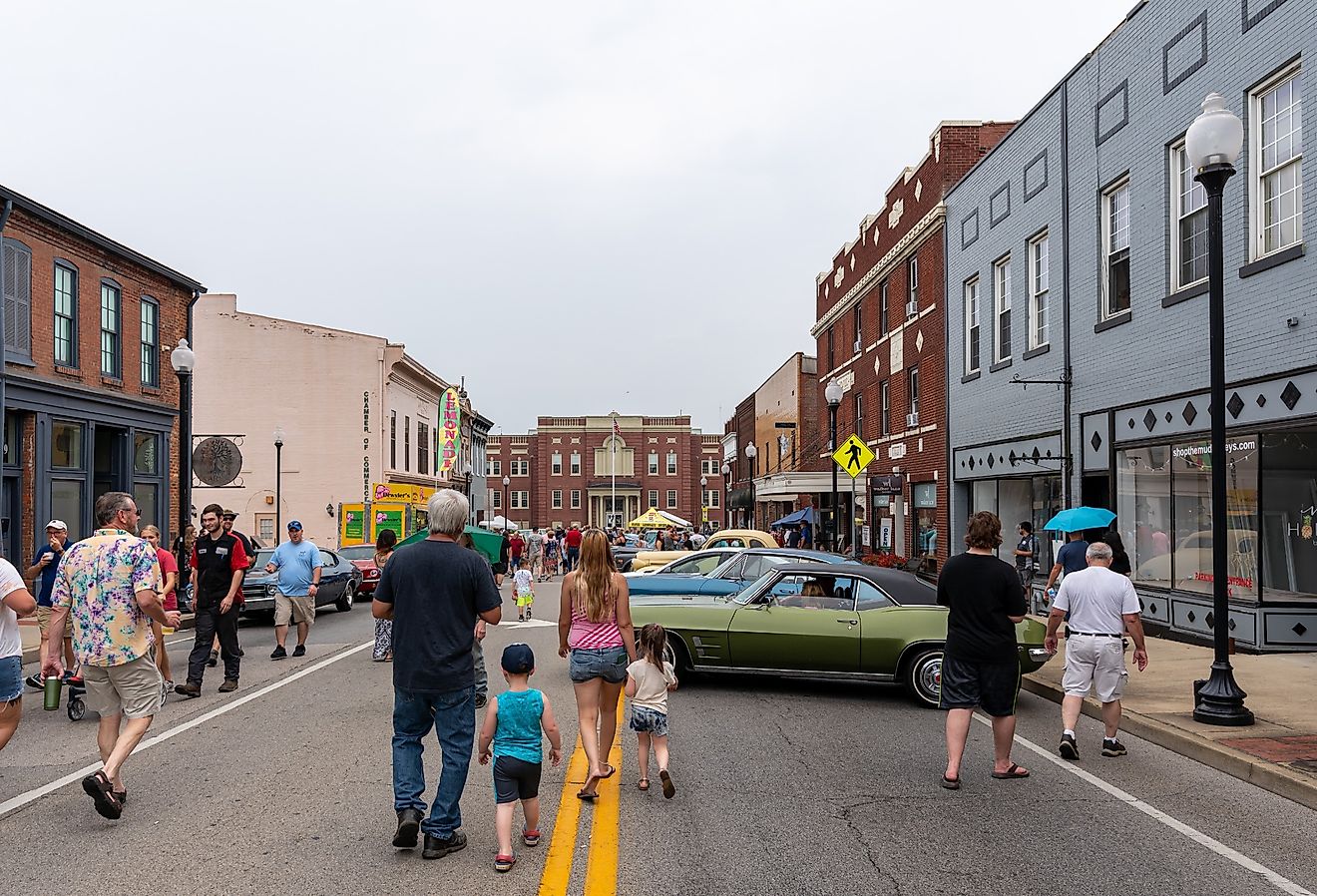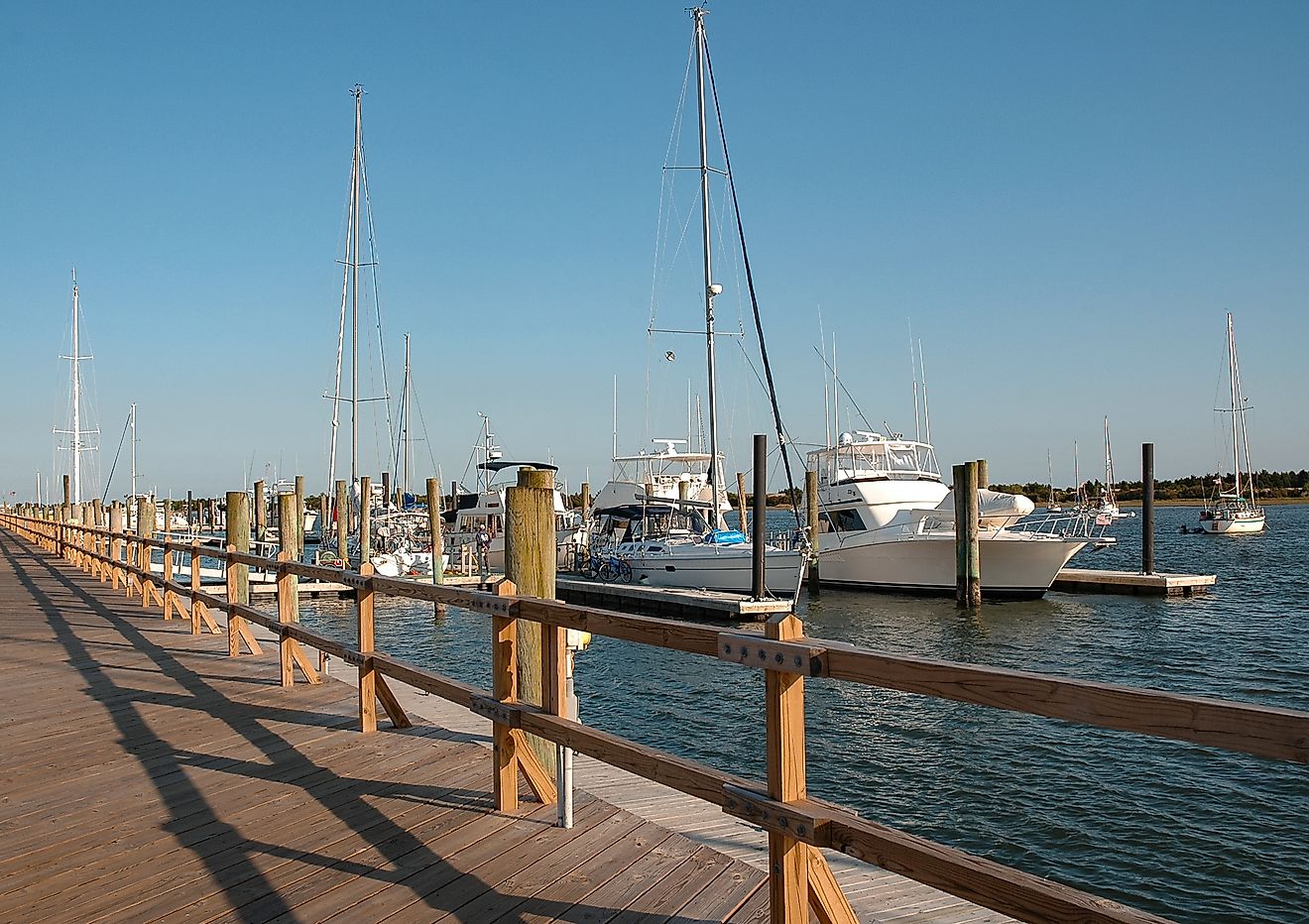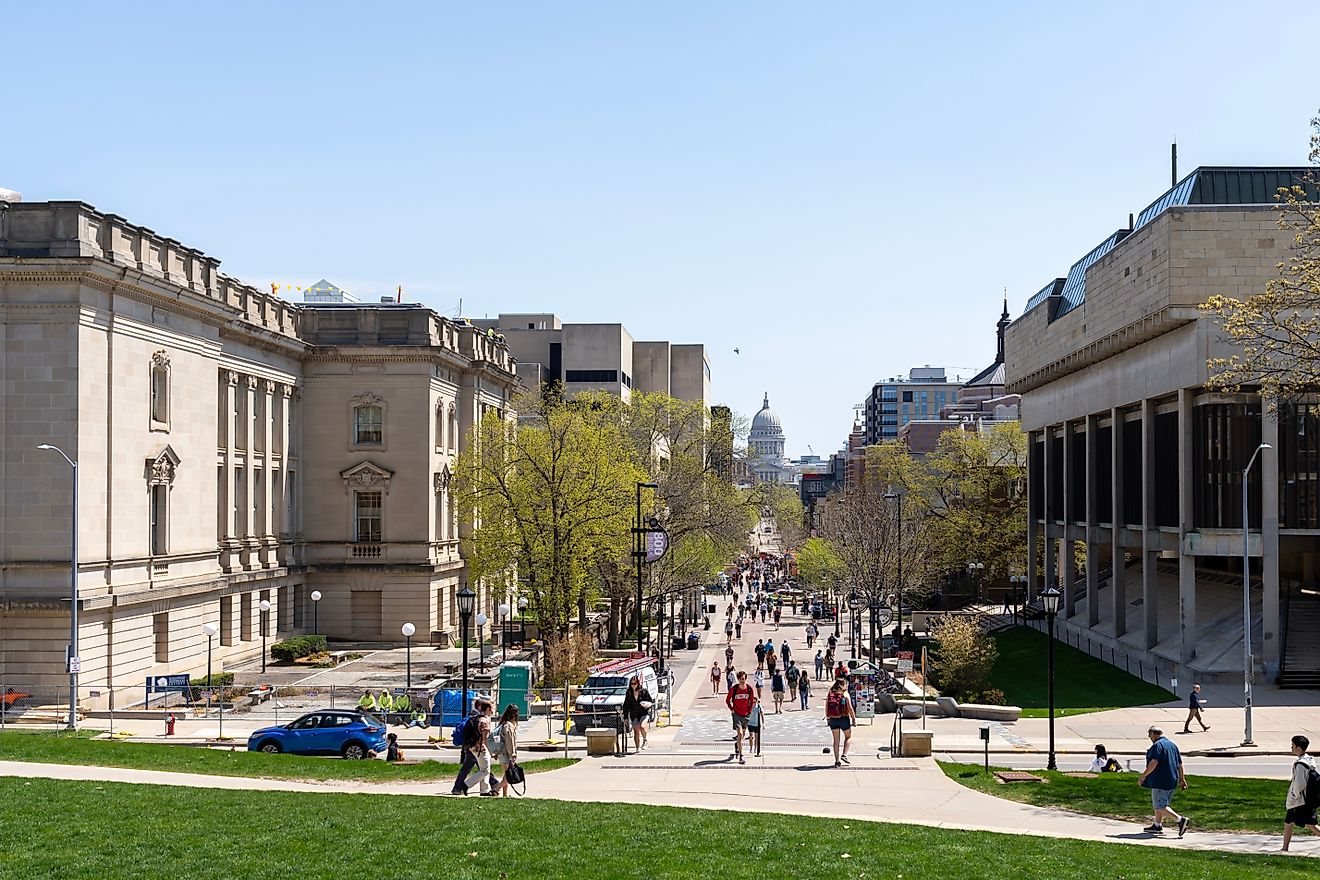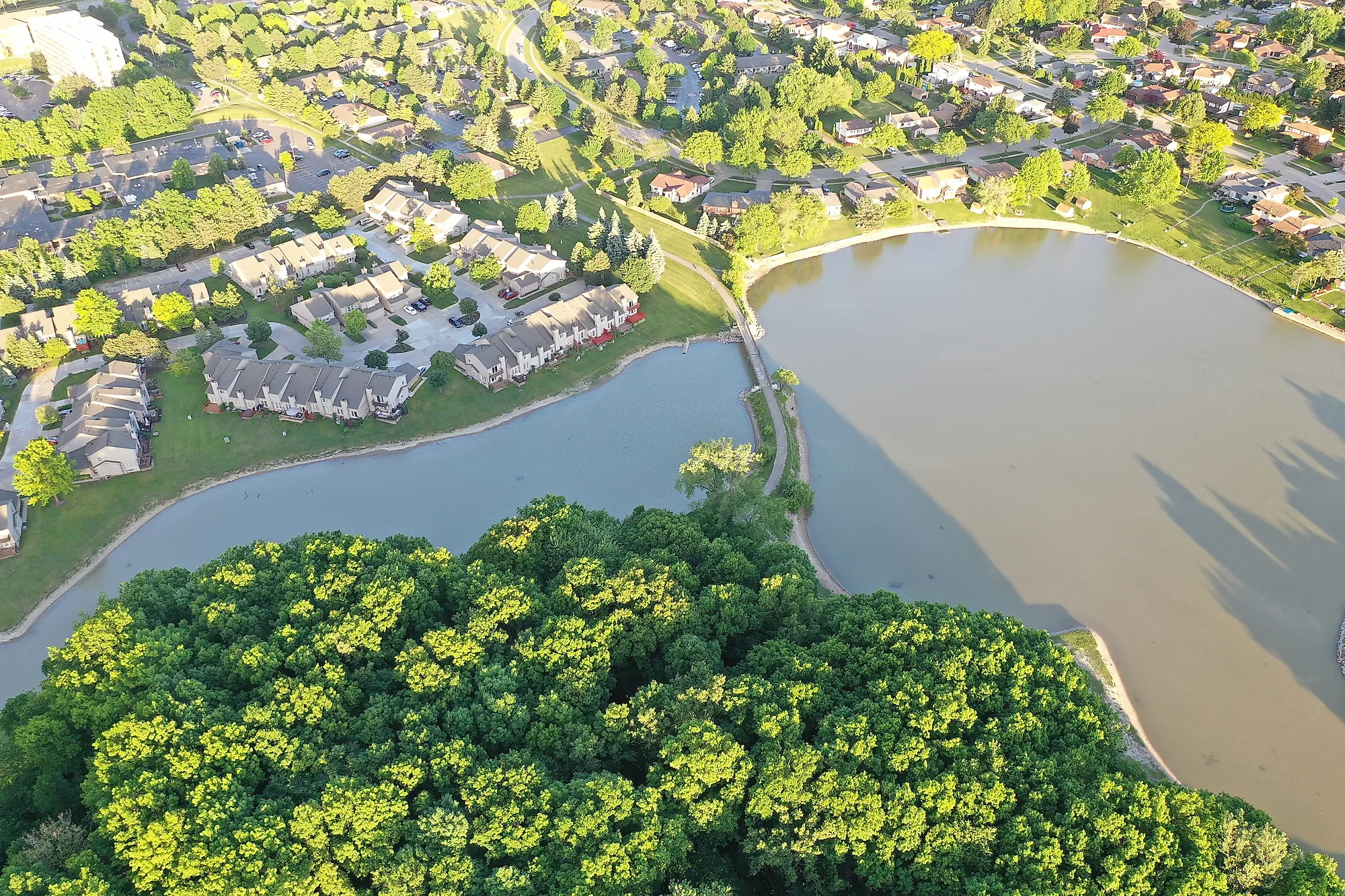
Sterling Heights, Michigan
Sterling Heights is a city in Southeastern Michigan, United States. It is the second-largest city in Macomb County, just behind Warren, and the fourth largest, by population, in the entire state. Sterling Heights is just North of Detroit, making it a key suburb of this major city.
Geography Of Sterling Heights
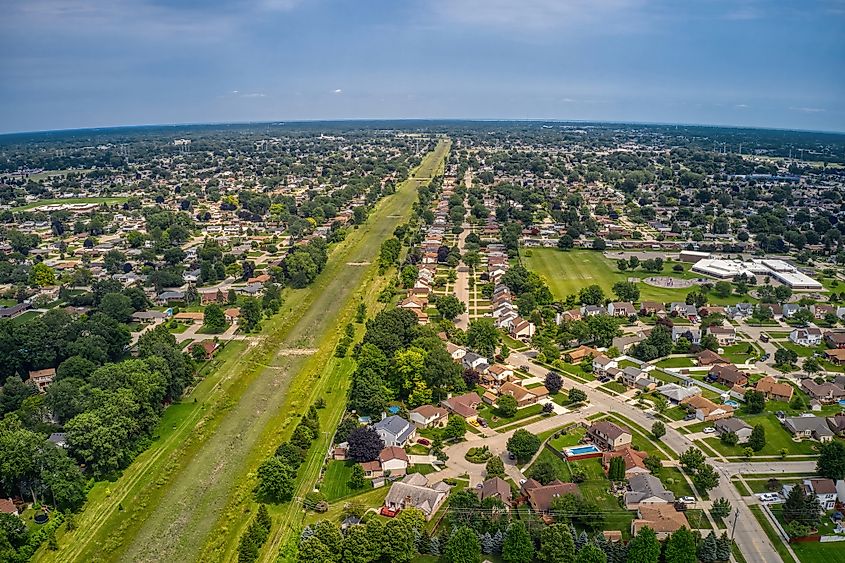
Sterling Heights is located in the Southeast corner of Michigan's Lower Peninsula. The city is part of Macomb County and acts, in part, as a major extension of Detroit's residential area. The core of Detroit is only about 25-miles South. Sterling Heights sits next to the Clinton River (once called the Huron River, or Natawasippee by the Potawatomi) and also just West of Lake St. Clair, which splits the difference between Lake Huron (to the North) and Lake Erie (to the South). Sterling Heights is also close to both the Windsor, Ontario, and Sarnia, Ontario, Canadian land-border crossings. Other nearby Michigan cities include Warren, a mere 5-miles South; Ann Arbor, which is about 63-miles Southwest; the state capital of Lansing, which is roughly 93-miles West; and Grand Rapids, which is 160-miles West.
The Climate Of Sterling Heights
Sterling Heights has what is known in the Köppen climate classification as a humid continental climate (Dfa). The average annual temperature is approximately 49-degrees Fahrenheit. This ranges from a high of about 81 to 82-degrees, which is typically reached in July, to a low of about 19-degrees, which occurs in January and February. Sterling Heights sees about 150 days of rain each year, amounting to roughly 23.3-inches. May is typically the rainiest month in the region. There are also about 53.7 snowfall days, on average, throughout the year, totaling approximately 17.2-inches. February is typically the snowiest month. The average annual relative humidity is around 74%, which peaks in December, January, and February.
A Brief History Of Sterling Heights
The first humans to inhabit the land comprising modern-day Sterling Heights likely arrived in advance of 11,000 years ago. Artifacts were discovered at Holcombe Beach in the 1960s that were attributed to the Paleo Indians. Later on, prior to French and English settlement, Michigan was home to five main Indigenous Tribes: Potawatomi, Ottawa, Ojibwa/Chippewa (all three of which were known collectively as the "People of the Three Fires"), Miami, and Huron.
After the War of 1812, people began flocking North of Detroit and into rural farming communities. In 1835, this area was first incorporated as Jefferson Township. Then, in 1838, the name was changed to Sterling Township. It remained under this designation all the way until 1968 when Sterling Heights was incorporated as a city. Part of the catalyst for the final evolution was during the mid-1950s, when major manufacturers shifted their operations outside of Detroit. The most significant entities to set up shop in, at the time Sterling Township were the Ford Motor Company, Chrysler Corporation, LTV Missile Plant, and Briggs Manufacturing.
Demographics of Sterling Heights
The United States Census Bureau estimated the population of Sterling Heights to be about 134,346 as of April 1st, 2020. This was up from the 2010 figure of 129,699. Of this population, 51.2% were female, and 48.8% were male. In terms of age breakdowns, 5.5% were under the age of 5, 19.8% were under 18, and 17.3% were over 65. As for racial/cultural backgrounds, 81.5% were White, 5.9% were Black or African American, 7.6% were Asian, 2.5% were Hispanic or Latino, 0.3% were American Indian/Alaskan Native, and 2.4% identified as two or more races. At this time, Sterling Heights was home to 5,893 veterans, and a total of 27.3% of residents were born outside of the United States.
The Economy Of Sterling Heights
As of the same April 2020 census, the median household income in Sterling Heights was $66,346 (2020 USD). The per capita income was $31,335. The portion of residents above the age of 16 in the civilian labor force was 62.7% (55.7% of females), and 9.7% were living in poverty. The median value of an owner-occupied housing unit was $198,300, and the median gross rent came in at $1,051. Currently, the largest employers in Sterling Heights are Fiat-Chrysler Automobiles and Ford Motor Company.
Attractions In And Around Sterling Heights
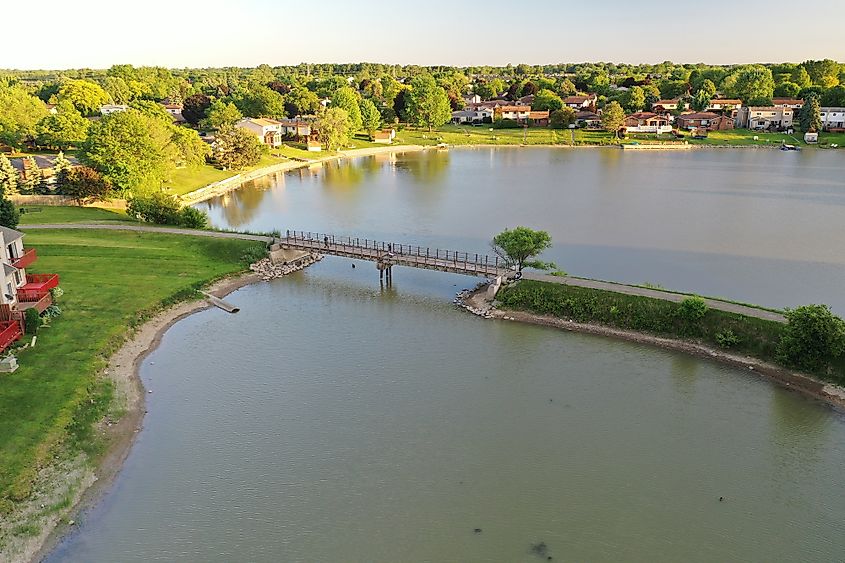
1. The Sterlingfest Art & Music Fair attracts over 100,000 people each August. If you can time your visit accordingly, then there will be lots to take in for the whole family. There is even a 5K (3-mile) fun run/walk for anyone looking to get a good sweat on.
2. Car enthusiasts should make their way over to the GM Heritage Center. There are oodles of classic models showing the evolution of automotive designs over the decades.
3. Another fun family outing could be at the Sterling Heights Nature Center. Visitors can observe loads of amphibians, reptiles, and plenty of fish within the 900-gallon aquarium. There is also an adjoining park to take in some of the unconfined nature of the area. Admission is free during standard hours.
4. Since Detroit is so close, one can always zip down South and catch a major sporting event, a concert, visit some of the many museums, spend a day at the Detroit Zoo or Belle Isle Aquarium, or meet some friends for dinner at a cool restaurant.
Sterling Heights is a sizable suburb city on the outskirts of Detroit. Though it has only existed under its current designation for a brief period, the area's history takes on many forms over the course of thousands of years. For now, Sterling Heights acts as a residential respite from the larger city to the South, which is seeking to regain its footing.
